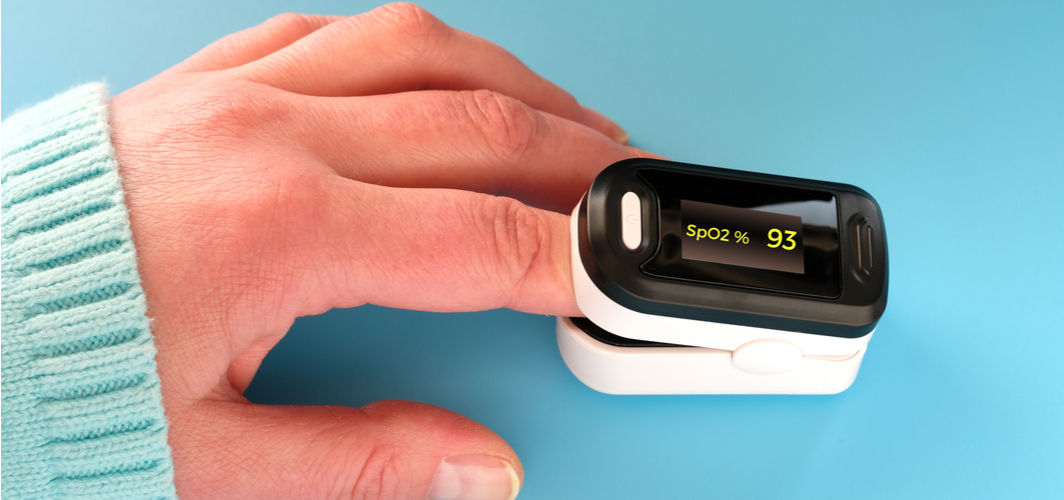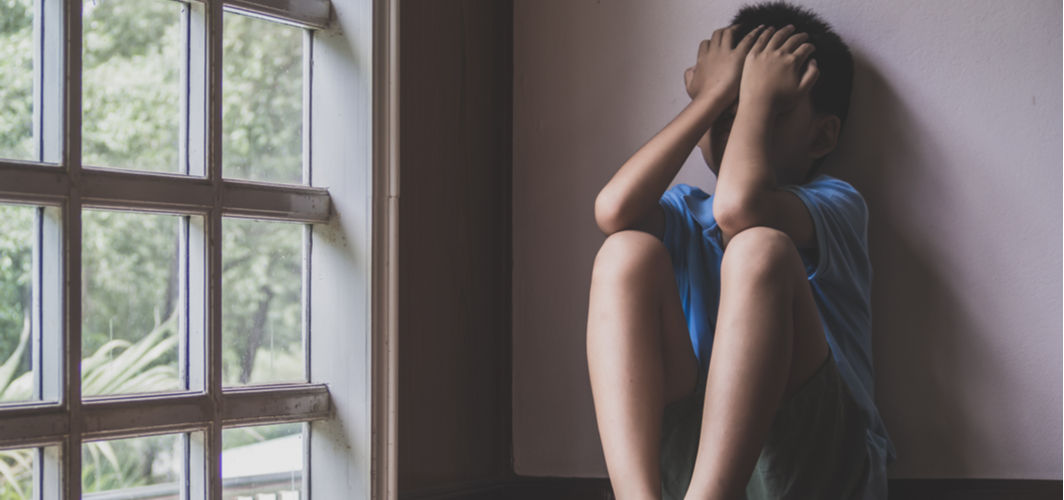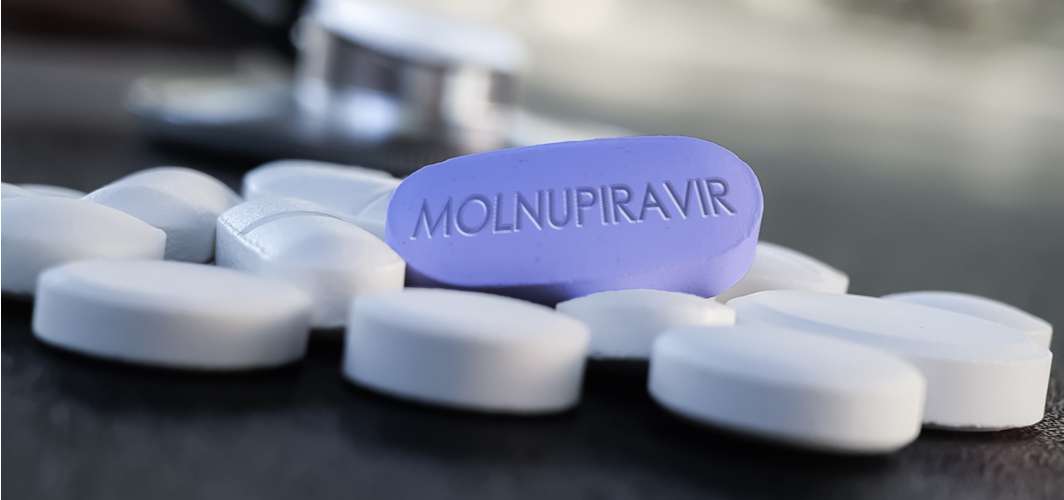Coronavirus Updates
Importance of At-home Pulse Oximeter in times of COVID-19
4 min read
By Apollo 24/7, Published on - 25 June 2020, Updated on - 18 October 2022
Share this article
14
41 likes

COVID-19 disease causes respiratory illness in affected patients. People who are at high risk of severe illness due to COVID-19 are likely to develop pneumonia which may develop to hypoxemia. Pneumonia is a lung inflammation in which air sacs fill with pus which may become solid. Hence, it affects the rate or volume of air entering the lungs. The alteration in air entry into the lungs leads to reduced oxygen saturation (amount of oxygen in the blood) which is called hypoxemia.
Hypoxemia can be checked by obtaining a blood sample which is then tested in a medical laboratory. Alternatively, it can be measured non-invasively by an instrument known as a pulse oximeter or finger pulse oximeter. It is a small device that clips onto a finger and can measure oxygen saturation (SpO2) easily in a few seconds. Normal oxygen saturation of blood in a healthy individual is 95% to 100%.
Severity Of Illness In COVID-19 Patients
Depending on the oxygen saturation levels, the severity of illness in COVID-19 patients can be classified as:
- Mild: Patients have an uncomplicated upper respiratory tract infection and they may have mild symptoms such as fever, cough, sore throat, weakness, nasal congestion, or headache. No evidence of hypoxemia or breathlessness has been observed.
- Moderate: Patients have pneumonia but without signs of severe disease. They may have the above mild symptoms along with breathlessness. Due to breathlessness, patients tend to have an increased respiratory rate of ≥ 24 breaths per minute and SpO2 of 90% to 94% on room air
- Severe: Patients have severe pneumonia needing mechanical ventilation and they may have severe respiratory distress. Due to the severity, patients tend to have a respiratory rate of > 30 breaths per minute and SpO2 of < 90% on room air.
Recommended Read: Is Your Blood Oxygen Saturation Level Safe?
How Can A Pulse Oximeter Help?
There have been cases of COVID-19 patients who have not experienced shortness of breath but have been tested with significantly low levels of oxygen when checked. The oxygen depletion may not be apparent immediately in such people since Coronavirus attacks the lungs in a way that the patient gradually gets less oxygen over time. These patients may slowly adjust to low levels of oxygen and may not have noticeable breathing difficulty, but can eventually lead to complications. In such cases, using an finger pulse oximeter can help by cautioning the patient to visit the hospital before their condition worsens.
With the rapid increase in COVID-19 cases every day, many health professionals are suggesting home quarantine for mild and pre-symptomatic patients. They are advised to monitor their symptoms along with body temperature, pulse, blood pressure, and directed to report to a medical facility if their health worsens. For such people, regular monitoring of SpO2 with a finger pulse oximeter, as recommended by a doctor, may detect a drop in blood oxygen even before it reaches distress levels.
Recommended reading: What is proning and how does it help COVID-19 patients breathe better?
Benefits And Risks Of A Pulse Oximeter
The pulse oximeter is a simple and less expensive way to spot potential respiratory complications. However, one must always remember that it is not a substitute for a doctor’s consultation. Although at-home health monitoring has evolved, it still cannot replace the hands-on physical examination by a doctor. Hence, a person who wishes to use it should get direction on its use and understand how to interpret the values.
The pulse oximeter must be used correctly for it to detect the oxygen saturation accurately. Here are a few instructions:
- The pulse oximeter is a small device that must be clipped on the fingertip in such a way that it is neither too tight nor too loose
- Select the finger that most easily fits into the device; trying to clip the device on a larger finger may damage it. At the same time, putting it on a smaller finger may not provide the correct reading
- Nail colors and mehendi/henna could interfere with oximeter readings. It is advisable to change finger or use toe/ear lobe to get a reading
- Bright light such as sunlight may interfere with the light detector and cause inaccuracy
- The pulse oximeter can also show wrong readings if used while a person is cold and shivering. Hold the hand steady or wait till the patient has stopped shaking and recheck.
Summary
Coronavirus may not always cause obvious breathing problems even when patients are heading towards respiratory distress. A simple device like a pulse oximeter may help to catch early warning signs and detect trouble before complications arise. Although many health care professionals advise it is better to use the pulse oximeter after consulting an expert, it can be an important part of the Coronavirus home health kit.
To keep track of your blood oxygen saturation levels, you should also consider buying a Pulse Oximeter for your home. Also, if you have any questions related to Coronavirus, don’t hesitate to consult an expert.
Coronavirus Updates
Leave Comment
Recommended for you

Coronavirus Updates
Will COVID-19 Infections Increase During the Monsoon Season?
A host of factors drive the spread of the novel Coronavirus, and weather conditions alone cannot alter the rate or intensity of the spread.

Coronavirus Updates
Dealing with COVID-19 Triggered Psychological Issues in Children
The COVID-19 pandemic has affected the mental health of children and adolescents indiscriminately, resulting in the onset of several health problems such as anxiety and depression.

Coronavirus Updates
Can the Antiviral Medicine Molnupiravir Stop COVID-19 Transmission?
Studies conducted by researchers have revealed that a new antiviral medicine known as Molnupiravir can halt the transmission of the virus causing COVID-19.
Subscribe
Sign up for our free Health Library Daily Newsletter
Get doctor-approved health tips, news, and more.
Visual Stories

Can India Beat the COVID-19 Surge?
Tap to continue exploring
Recommended for you

Coronavirus Updates
Will COVID-19 Infections Increase During the Monsoon Season?
A host of factors drive the spread of the novel Coronavirus, and weather conditions alone cannot alter the rate or intensity of the spread.

Coronavirus Updates
Dealing with COVID-19 Triggered Psychological Issues in Children
The COVID-19 pandemic has affected the mental health of children and adolescents indiscriminately, resulting in the onset of several health problems such as anxiety and depression.

Coronavirus Updates
Can the Antiviral Medicine Molnupiravir Stop COVID-19 Transmission?
Studies conducted by researchers have revealed that a new antiviral medicine known as Molnupiravir can halt the transmission of the virus causing COVID-19.